


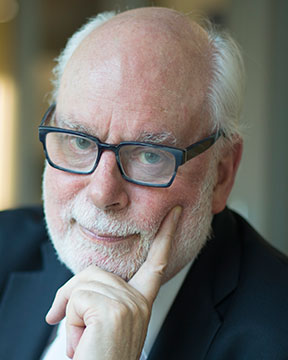
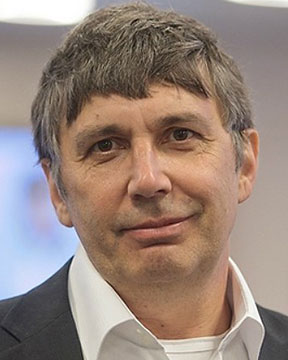
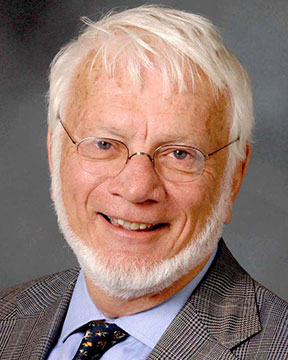
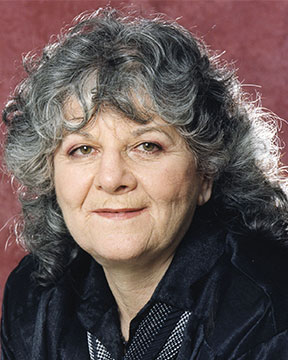













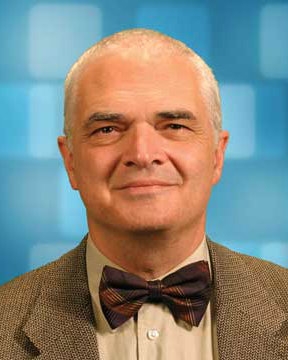 |
Alexander YarinUniversity of Illinois at ChicagoSelf-healing Nano-textured Engineering Vascular Materials 4th Intl. Symp. on New and Advanced Materials and Technologies for Energy, Environment and Sustainable Development Back to Plenary Lectures » |
Abstract:The nature-inspired self-healing strategies have been explored in biomimetic engineering designs with a goal of repairing structural damages or facilitating the anti-corrosion protection by means of systematic transport of healing materials, which can be cured and polymerized at the damaged sites. Microscopic capsules filled with healing agents, which were proposed first, are certainly viable and require no external energy to trigger the healing process but such capsules is inherently thick due to their bulky size. A different approach with a much smaller confinement for the healing materials and a capability of multiple healing is desired. Here we overview the efforts of our group and the other research groups toward development and testing of nano-textured vascular self-healing materials and discuss the state-of-the art in the field of such materials, which emerged to mimic multiple natural materials, for example, those characteristic of our own body (skin, bones healed by means of vascular system) [1,2]. Self-healing materials formed by electrospinning and solution blowing are expected to be capable of self-restoring their mechanical properties, e.g. stiffness, toughness, adhesion and cohesion. It is important to heal the invisible and practically undetectable fatigue cracks, which endanger airplanes, and multiple other composite-made vehicles and constructions. Nano-textured vascular self-healing also prevent or delay delamination in composites on ply surfaces [3]. Another field where nano-textured vascular self-healing materials are extremely desirable is the anti-corrosion protection. Numerous corrosion protection approaches are hindered by toxicity of the chemical paints and other problems related to the cost, as well as to the environment, remain as serious concerns. Accordingly, the bio-inspired vascular self-healing techniques have been recently explored as alternative approaches for prevention corrosion. We discuss in detail the extrinsic self-healing based on nano-textured vascular nanofiber networks and demonstrate successful performance of such materials in healing cracks in the anti-corrosion protection layers [4,5]. |
|